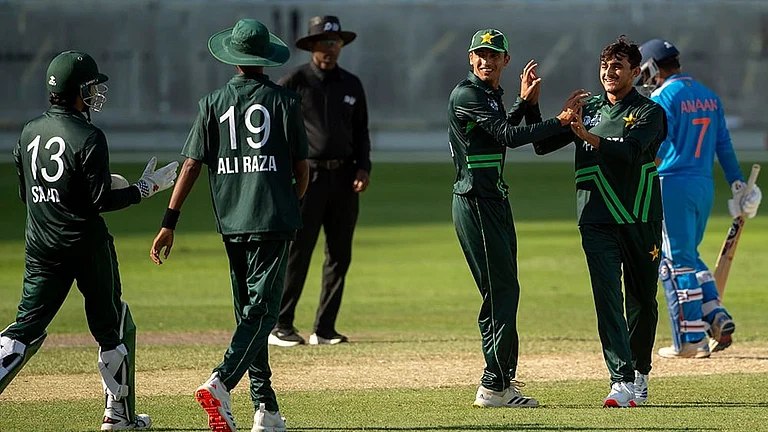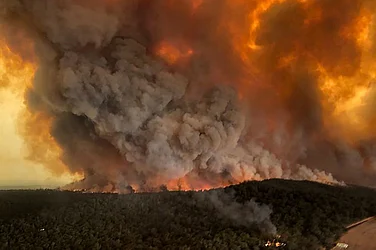What is happening in Japan?
Japan was hit by a series of powerful earthquakes on Monday killing at least one person, destroying buildings, leaving tens of thousands of homes without power and prompting numerous residents to evacuate to higher ground. It is believed one of the earthquakes had a preliminary magnitude of 7.6, as per Reuters.
The initial earthquake occurred around 4 pm local time, followed by a series of subsequent quakes.
How authorities have responded
The earthquakes triggered tsunami alerts, with NHK TV urging people to seek higher ground or the top of nearby buildings. The Japan Meteorological Agency (JMA) issued tsunami alerts, emphasising more urgent warnings in areas near the earthquake's epicentre in central Japan. The JMA cautioned additional quakes could occur in the coming days.
Japan's Prime Minister Fumio Kishida called on residents in affected areas to evacuate immediately, while Yoshimasa Hayashi, the chief government spokesperson, announced during a 7 pm press conference in Tokyo that the Japan Self-Defense Forces were being readied for deployment to assist with rescue and aid work in the affected area.
Russia, South Korea and North Korea also issued tsunami alerts.
Over the course of the day, the initial "major tsunami warning" for the Noto region was downgraded first to a "tsunami warning" and then later further downgraded to a "tsunami advisory". Tsunami that are expected to be five metres or higher trigger major warnings, while those up to three metres prompt tsunami warnings, and tsunami advisories are for those up to one metre.
Residents of coastal areas have still been advised not to return to their homes.
Injuries, death and destruction
As of now, one fatality has been reported following the earthquake. Images from Wajima city reveal significant ground cracks, along with collapsed buildings and damaged houses. The affected areas experienced blackouts and ruptured water pipes, there were also reports of fires in Wajima city. Major roads were closed due to cracks and other structural damage caused by the earthquake.
In the affected areas, individuals were reported to be trapped under the rubble of collapsed houses, leading to a steady stream of injured patients arriving at Suzu City hospital in Ishikawa. Some nuclear plants reported minor damage and oil spillages. A fire broke out in a collapsed building on the west coast of Japan's main island, Honshu. The extent of casualties remains unclear.
The earthquake has also disrupted air traffic in the region.


























